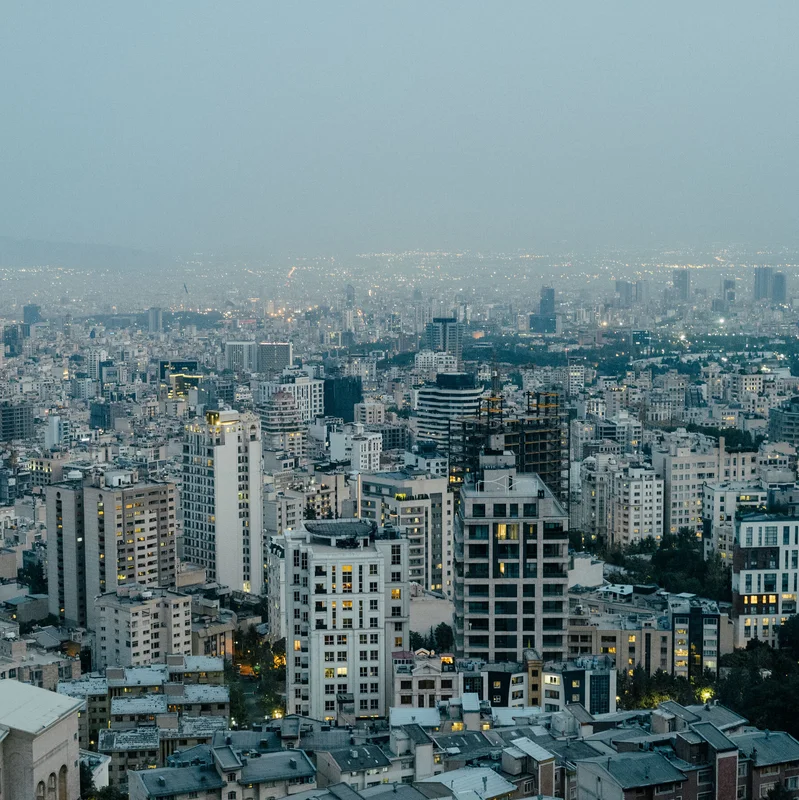As the United Nations imposes a sweeping new round of sanctions on Iran, citizens across the country are bracing for what many fear could be the final blow to an already collapsing economy. With inflation soaring past 40%, chronic shortages of electricity and clean water, and a currency that has lost over 80% of its value since 2023, ordinary Iranians say they’re running out of ways to cope .
What’s Behind the New Sanctions?
The U.N. Security Council voted 12–3 this week to activate a “snapback” mechanism targeting Iran’s oil exports, banking sector, and key industrial supply chains. The move follows intelligence reports that Tehran has accelerated uranium enrichment beyond the limits set by the 2015 nuclear deal—despite ongoing diplomatic talks .
“This isn’t just about nuclear policy—it’s about survival now,” said Leila Mohammadi, a Tehran-based economist. “Families are choosing between bread and medicine. These sanctions will push millions below the poverty line.”
Icon: ⚠️ Iran’s Economic Crisis at a Glance
- Inflation Rate: 41.2% (Sept 2025, Central Bank of Iran)
- Currency Depreciation: 1 USD = 620,000 IRR (vs. 420,000 in Jan 2025)
- Power Outages: Up to 12 hours/day in major cities
- Water Scarcity: 90% of provinces face critical shortages
Flowchart: How Sanctions Ripple Through Daily Life
1. 🛑 Oil exports restricted →
2. 💸 Foreign reserves shrink →
3. 📉 Rial plummets in value →
4. 🛒 Imported goods become unaffordable →
5. 🏥 Medicine and food shortages intensify
Who’s Most Affected?
While elites and state-linked businesses often evade sanctions through shadow networks, ordinary Iranians bear the brunt. Middle-class professionals are now working multiple jobs, and university enrollment has dropped by 30% as families prioritize survival over education.
| Sanction Target | Immediate Impact | Long-Term Risk |
|---|---|---|
| Oil & Petrochemical Exports | Loss of $60M/day in revenue | Mass layoffs in energy sector |
| Banking Transactions | Inability to import medicine | Healthcare system collapse |
| Industrial Machinery Imports | Factory shutdowns | Soaring unemployment |
| Aviation Parts | Flight cancellations | Isolation from global travel |
Global Reactions and Diplomatic Fallout
China and Russia opposed the sanctions, calling them “counterproductive,” while the U.S. and EU defended the move as “necessary deterrence.” Meanwhile, humanitarian groups warn that exemptions for food and medicine are often ineffective due to banking restrictions.
“Sanctions may target regimes, but they starve people,” said Jan Egeland, Secretary General of the Norwegian Refugee Council .
For more on how global policy affects local lives, explore our [INTERNAL_LINK:sanctions-and-humanitarian-impact] series.
For an authoritative breakdown of Iran’s economic indicators, see the International Monetary Fund’s Iran Country Report.
Sources
- https://www.nytimes.com/2025/09/27/world/middleeast/sanctions-iran-economy-snapback.html
- https://www.nrc.no/news/2025/september/iran-sanctions-humanitarian-crisis/
- https://www.imf.org/en/Countries/IRN
- https://www.un.org/securitycouncil/sanctions/2231




